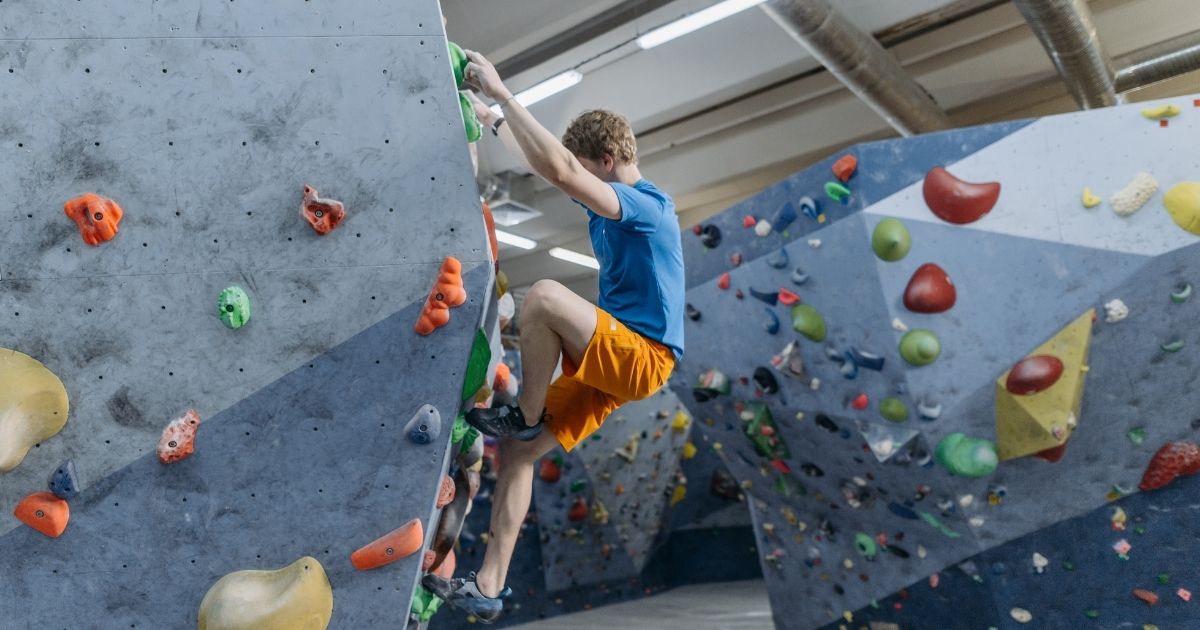Table of Contents
Best Upper Body Workout for Climbers
A climber’s physical ability is their greatest asset, as it enhances their technique and efficiency. We’ll explore the world of upper-body exercises designed especially for climbers in this extensive guide. Whether you’re an experienced climber or a beginner, these exercises will help you build strength and a strong base for taking on difficult climbs.
The Push Series: Building Up Opponent Muscles.
Push-ups: Establishing the Base:
The foundation of any climber’s strength training program is the pushup, which works the triceps, core, shoulders, interior, and chest. As you progressively increase to three sets of 15 repetitions with one-minute rests, emphasize quality and control over quantity. Make the switch to rings for an increased challenge that will cause instability and a wider range of motion.
Dips: Exerting Maximum Body Weight:
With your entire body weight being pushed, dips signify the next level. Concentrate on a gradual progression to three sets of 12 repetitions with one-minute rests, starting with dip bars. Rings can make the task more difficult by highlighting form and stability.
The Platch: Mastery of Isometry:
A gymnastics-based exercise called the Platch uses isometric holds to effectively work multiple muscle groups. Proceed in three phases: extending the scapula, incorporating forward lean, and raising the hips. For every progression, work up to three sets of 15-second holds interspersed with 1-minute rests.
Handstands: A Special Difficulty
With a focus on scapular elevation, handstands provide a distinctive variation on the conventional climbing exercise. Start with pushup positions against a wall and work your way up to mastering this movement. With two-minute breaks, work up to three sets of three repetitions.
The Pull Series: Building Opponent Muscle.
Rows: The Basis for Pulling Power:
Rows are a great place to start when building pulling strength. Squeeze the shoulder blades together and make sure the scapula retracts fully. After a minute of rest, move on to three sets of twelve repetitions.
The ultimate test of pulling strength is the pull-up.
Pull-ups, which work the lats and shoulder blades, are the classic test of pulling strength. Work your way up to three sets of eight repetitions, allowing one minute between each set.
Unleash Shoulder Mobility: Skin the Cat.
Skin the Cat, a modified gymnastics exercise, increases shoulder range of motion by scapular positioning. Increase to three sets of three reps with a one-minute break in between.
Pegboards: Training for Tension and Precision.
Pegboards offer a dynamic challenge that emphasizes accuracy, core tension, and lock-off strength. Work your way up to two sets of four rows, or six rows, and complete climbs with two-minute breaks as you advance through the levels.
Rope Climb: Harnessing Raw Pulling Power.
Rope climbs are an authentic test of pulling strength from the early days of gymnastics. Ascend to six pulls, then eight pulls, starting with four pulls upward and four negative pulls downward. After one minute of rest, complete three sets.
In conclusion, improve your experience climbing
These exercises provide significant gains in upper body strength for climbing, along with the benefits of scalability and ease of learning. With an emphasis on quality, incorporate these workouts into your routine and watch as your climbing performance soars to new heights. On the rocks, move more fluidly, push yourself harder, and realize your full potential.
Related Posts
- 7 Techniques Every Climber Must Know
- Breaking Conventional Rules in Climbing
- 7 Biggest Climbing Mistakes And How To Fix Them
- 8 Essential Tips for Outdoor Rock Climbing Beginners
- 70 Beginner Climbing Tips: The Most Important Techniques & Skills
- Is Rock Climbing Good For Weight Loss?
- Avoid These 12 Mistakes When Bouldering










Discussion about this post